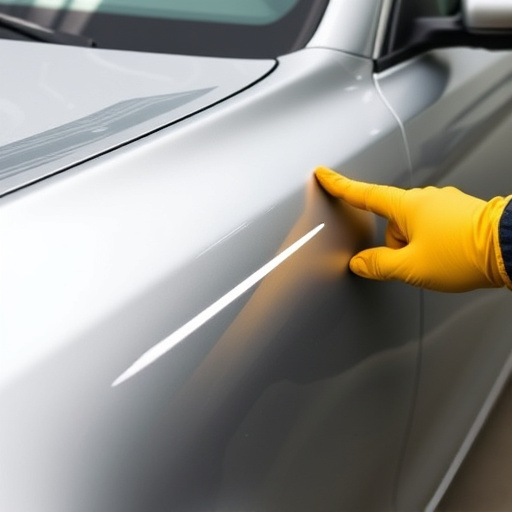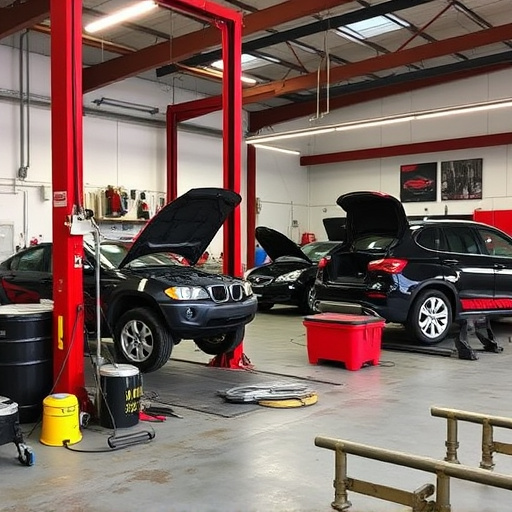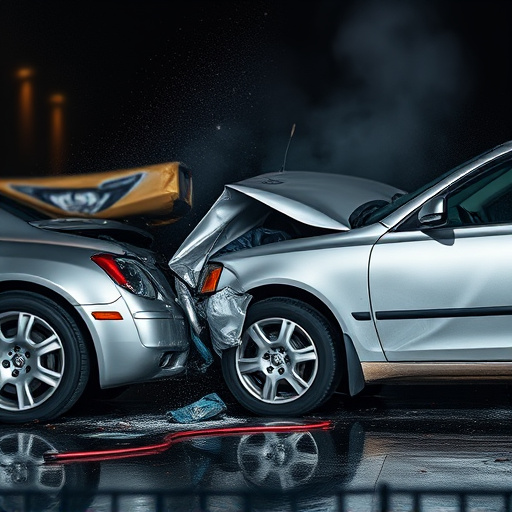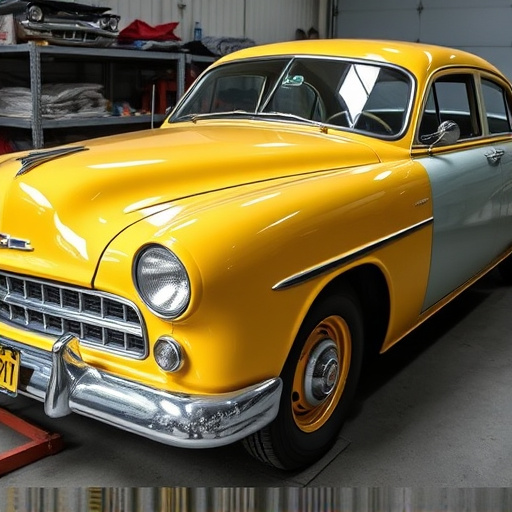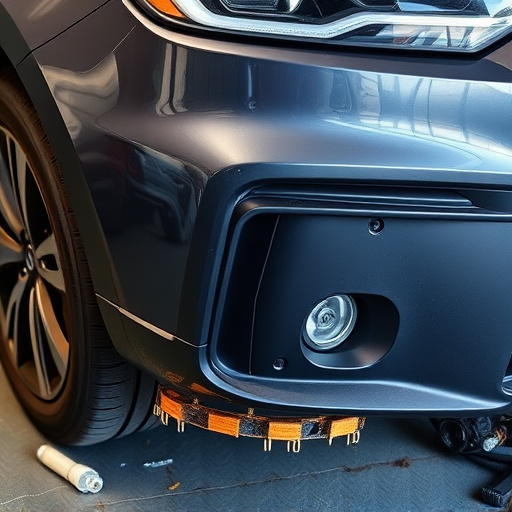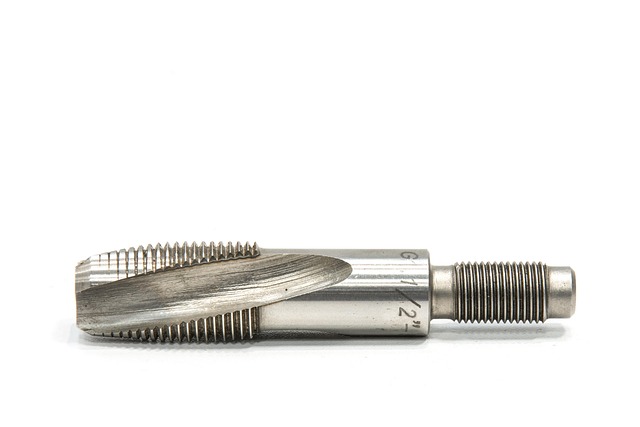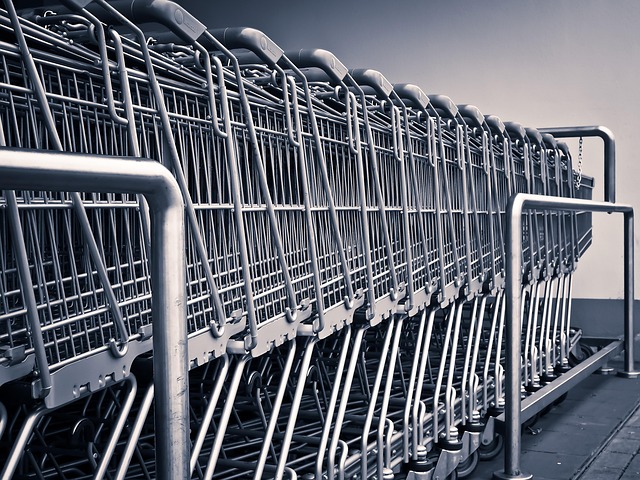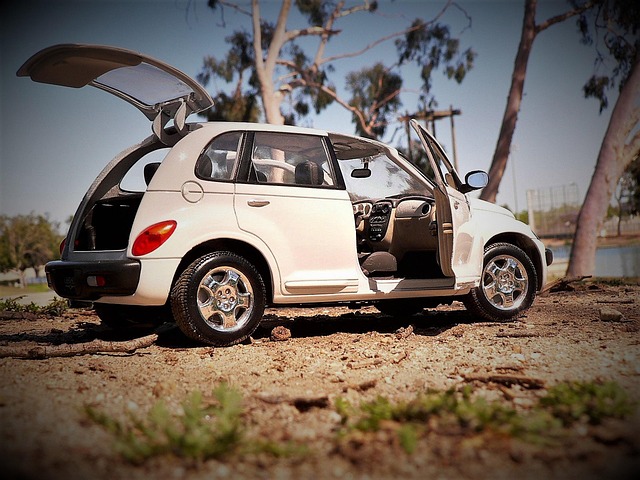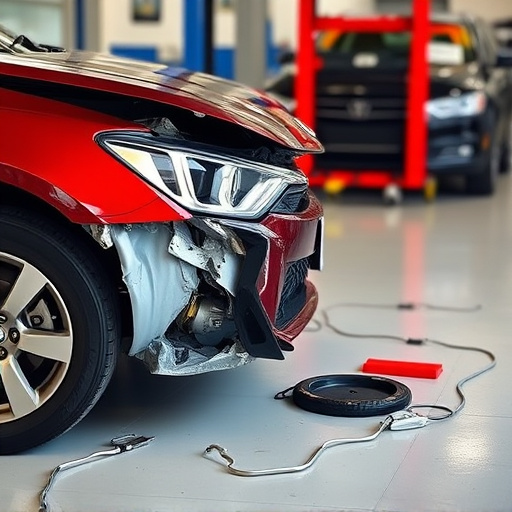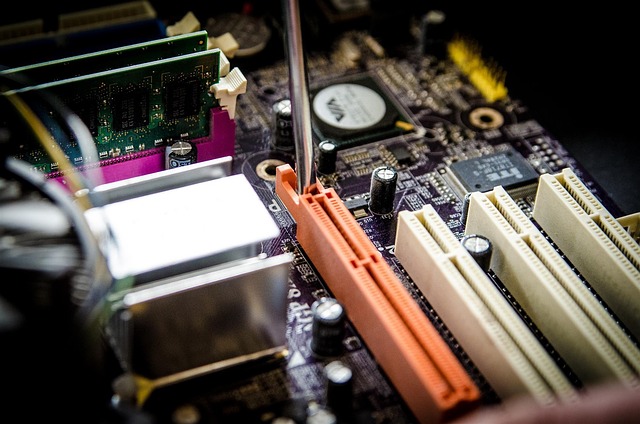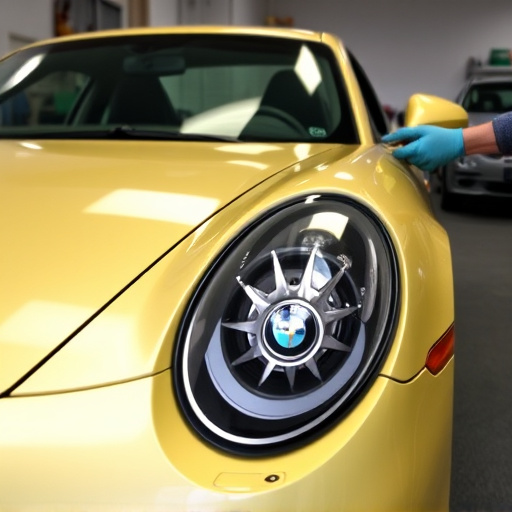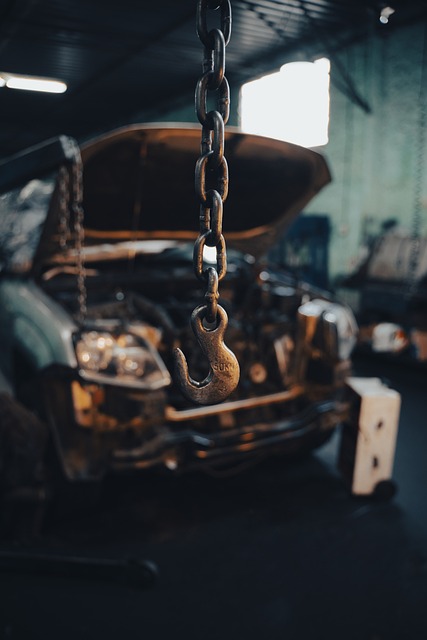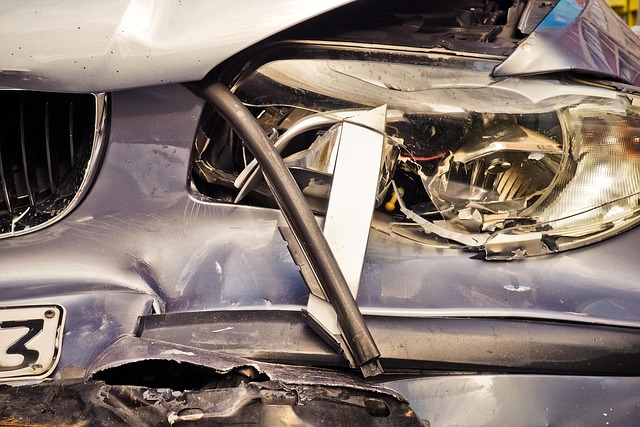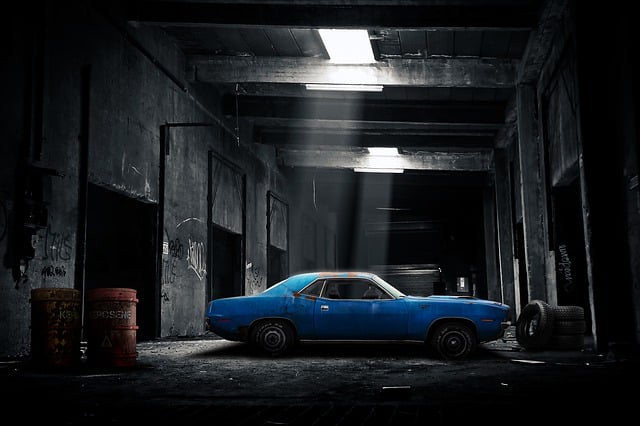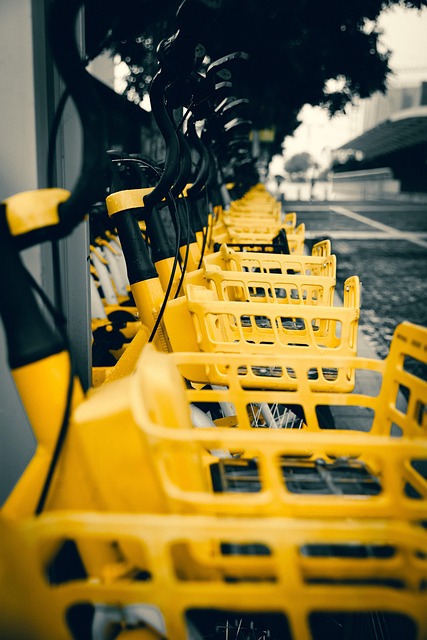Auto buffing and polishing protect vehicle paintwork, removing scratches and swirls. Key steps include cleaning, applying compound with proper pads/machines, and careful buffing to avoid damage. Regular maintenance, high-quality products, and meticulous prep prevent paint damage and achieve a flawless finish, preserving aesthetics.
“Uncover the art of auto buffing and polishing—a process that can transform your vehicle’s exterior, but also comes with risks. This comprehensive guide delves into the intricacies of this popular car care practice. Learn about common pitfalls like incorrect pad selection, over-polishing, and using incompatible products, which can cause significant paint damage. Discover expert strategies to protect your car’s finish, ensuring a flawless, glossy surface without compromising its integrity.”
- Understanding Auto Buffing and Polishing Basics
- Common Mistakes That Damage Paint Surface
- Effective Strategies to Prevent Paint Harm During Buffing
Understanding Auto Buffing and Polishing Basics
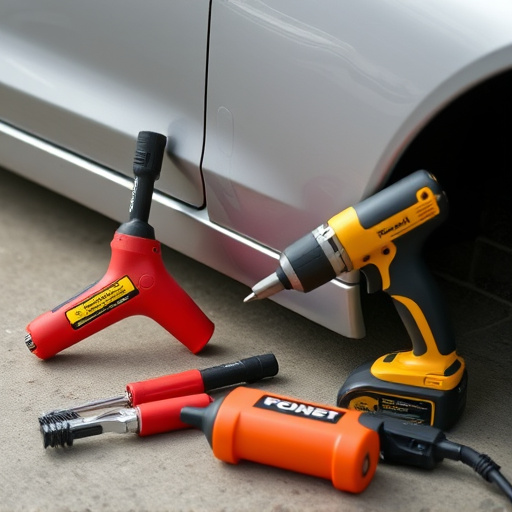
Auto buffing and polishing are essential processes in vehicle maintenance, designed to restore and protect the paintwork. These techniques involve using specialized equipment and compounds to remove minor scratches, swirls, and imperfections, leaving the car’s finish smooth and glossy. The process starts with a thorough cleaning to eliminate dirt and grime, followed by the application of compound using cutting-edge polishing pads and machines. This step gently buffs away defects, revealing a smoother base for the final polish.
Understanding the fundamentals of auto buffing and polishing is crucial for both car enthusiasts and fleet repair services. While it might seem straightforward, improper techniques can lead to further damage. For instance, using too much pressure or inappropriate products can cause paint tearing or scratching. Therefore, many car body shops recommend regular maintenance to prevent severe damage, especially in areas prone to hail damage repair.
Common Mistakes That Damage Paint Surface
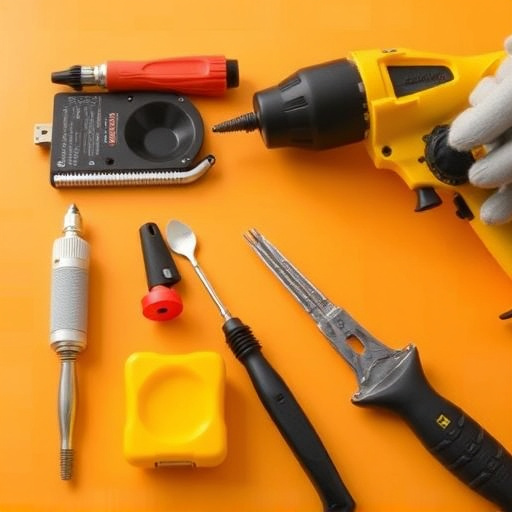
When it comes to auto buffing and polishing, a few common mistakes can lead to significant damage to your car’s paint surface. One of the most frequent errors is using the wrong polishing compound or buffer, which can cause scratches or even remove the clear coat. It’s crucial to match the product with your car’s paint type for optimal results without causing harm.
Another mistake is excessive pressure during buffing, especially around curves and edges. This can lead to uneven polishing, visible swirls, and in severe cases, peeling of the paint. Similarly, skipping steps like thorough cleaning and de-greasing before polishing invites dirt and grime to become trapped beneath, resulting in a less than satisfactory finish. Remember, meticulous preparation is key to achieving a high-quality, smooth auto buffing and polishing job, ensuring your car’s paint looks as good as new—or better—and minimizing the need for costly hail damage repair or car collision repair services.
Effective Strategies to Prevent Paint Harm During Buffing
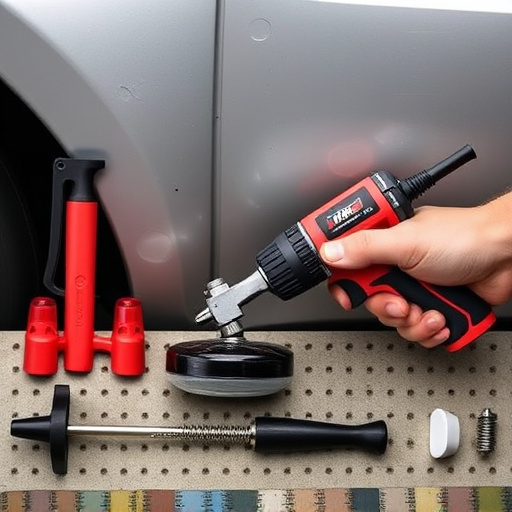
When engaging in auto buffing and polishing, preventing paint harm is paramount to preserving your vehicle’s aesthetics. The smooth, glossy finish is a result of meticulous care and the right techniques. One common pitfall is using incorrect or poorly maintained polishes and buffers, which can lead to scratching and chipping. Always opt for high-quality car restoration products suitable for your vehicle’s paint type. Regularly inspect and maintain your polishing tools to ensure they’re in pristine condition before each use.
Additionally, proper preparation is key. Thoroughly wash and dry the car before buffing to eliminate dirt and grime that can cause further damage. A meticulous approach, including using protective gear and working in shaded areas to prevent rapid drying of polish, will contribute to a successful auto buffing and polishing session. Remember, collision repair services often recommend these strategies for vehicle body repair, underscoring their importance in maintaining the car’s original, flawless finish.
Auto buffing and polishing are essential techniques for maintaining a vehicle’s exterior, but they can also be detrimental if not executed properly. By understanding common mistakes like over-aggressive buffing or using incompatible products, car owners can protect their paintwork and achieve a sleek, durable finish. Implementing preventive strategies such as using the right tools, preparing the surface correctly, and following product instructions will ensure optimal results during auto buffing and polishing, keeping your vehicle looking its best for longer.
